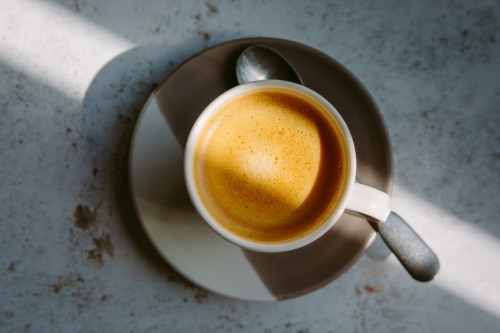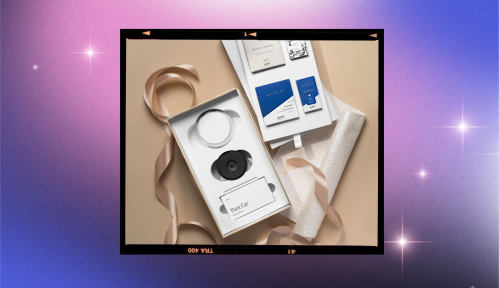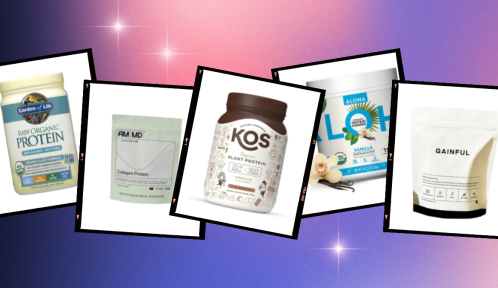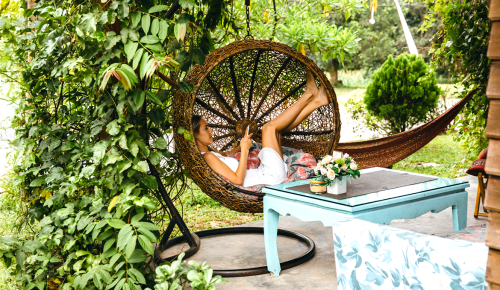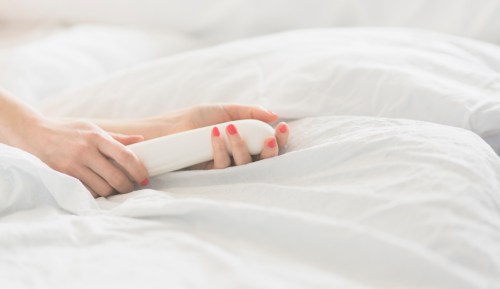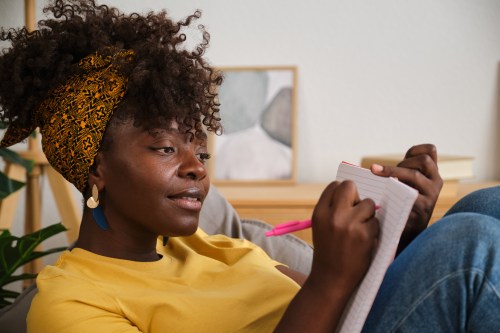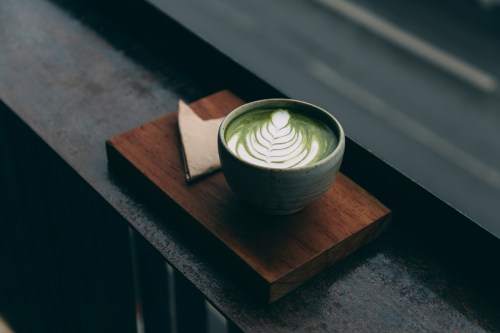Our editors independently select these products. Making a purchase through our links may earn Well+Good a commission
Being a regular at your favorite coffee shop may well give you joy, but brewing a cup at home can sometimes be the comforting ritual you need to start the day off right—especially if you have the right equipment to make sure it’s café-quality. So, how can you achieve that coffee shop-style brew from the comfort of your home? According to a barista, it all has to do with the way you brew it. According to Kyle Stillman, owner of Sociology Coffee Bar, a Bellwether roaster in Folsom, California, it’s important to use the best at-home coffee machine if you want to enjoy the best possible at-home coffee.
Experts in This Article
The best at-home coffee machine, according to a barista
Before you get brewing, Stillman recommends “buying coffee that’s been locally roasted and might be available at your farmers’ market or food co-op.” This matters because “when you buy locally, you cut back on the waste and environmental costs of shipping,” he adds. Once he’s acquired the perfect beans for his perfect cup, Stillman likes brewing coffee at home using the pour-over method. “It has the most bang-for-buck when you’re buying specialty roasted coffee,” he says. Aside from being super cost-effective, he says it also yields the maximum amount of soul-soothing flavor.
The pour-over method tends to create more flavor as it has a longer extraction time in comparison to regular drip coffee. Plus, this means that by allowing the water to steep in the grinds more slowly and for longer, you can get the maximum amount of flavor out of each bean without using too much product at once.
“This method will ensure that you get the most flavor out of your coffee because you can brew hot enough, using a kettle, to extract the coffee properly, and, trust me, specialty coffee deserves to be brewed properly,” Stillman reassures. Now, the moment we’ve all been waiting for: What’s the one at-home coffee machine this expert just can’t live without? Well, it’s more of a gadget than a machine, and it’s called the OREA.
“Our favorite brewer is made by OREA V3 brewer, which brews quickly but allows for a finer grind with a bit better extraction,” Stillman says. This small yet ultra-durable tool has the advantages of flatbed brewers like the Kalita Wave Coffee Brewer, which has a wider surface area and permits the water to run through more quickly for a shorter extraction time. Plus, the pros of conical brewers like the Hario V60 Ceramic Coffee Dripper Pour Over Cone, which yields an incredibly flavorful brew as the water passes evenly through the coffee grounds as it’s funneled down to the tip of the cone.
The OREA, which is a hybrid of the flat-bottom and cone, has the best of both worlds as it combines a fast flow rate with a consistent and even extraction. The upper portion of the brewer is made sustainably made with 100 percent post-consumer recycled Polypropylene plastic. Meanwhile, the base is made with locally-sourced rescued bottle caps, takeaway containers, and discarded Tupperware.

OREA Brewer V3 (Brewer Only) — $26.00

OREA Brewer V3 Base — $13.00
How a barista makes the perfect cup of joe at home using his Orea coffee brewer
Now let’s get into the science behind it all: How you Stillman brews the perfect cup at home. “With our most popular roasts, we like to use 22 grams [about four tablespoons] of coffee beans per cup, ground to a medium-fine grind, just a little finer than drip coffee,” he says. Next, he says the water has to be at the ideal temperature.
“Water temperature is a considerable factor in brewing at home, so if you can get a kettle that will hold water at just below boiling, that will be ideal for most roasts,” he says. Next up: Prepping the OREA for brewing. “Once you grind your beans, you want to pre-wet your paper filter, then place your grinds into the filter.” Pre-wetting the coffee filter helps remove any flavors that a dry paper filter might impart to your finished cup.
Now, here’s the secret behind how Stillman makes coffee shop-quality brews at home: It’s called the “bloom.” “You’ll add 60 grams of water [one-quarter cup], slowly pour over your ground coffee, and let it sit for about 30 seconds. This gives the coffee a chance to get that final bit of gas still trapped in the beans out of your brew,” he explains. As the coffee blooms, it’ll bubble up at the surface, demonstrating that the trapped gas is being released. Once it has stopped bubbling, he proceeds to the next steps.
Although you might be tempted to skip this step, especially when in a rush, it’s important for two reasons. One: The degassing helps remove trapped carbon dioxide that can impart a sour taste to your coffee. Two: The carbon dioxide can repel water which can interfere with the brewing process and inhibit the extraction of aromatics and oils from the beans.
Last but certainly not least, he gets to brewing the final product. “To keep it simple, we recommend that you do five more pours, worth 60 grams of water [one-quarter cup] each, until you have a final brewed cup of coffee that’s 360 grams [one and one-half cups] total. Do this by slowly pouring 60 grams of water in circles over the coffee grinds and then wait until that water has almost drained before you do your next pour. This process properly agitates the coffee, again helping bring out the proper extraction for your cup,” Stillman explains.
We can finally all breathe a big sigh of relief. Coffee is officially RD-approved:
Sign up for the Well+Good SHOP Newsletter
Get exclusive deals on wellness, beauty, fitness, and food products that have been hand-picked by our editors.
Got it, you've been added to our email list.
